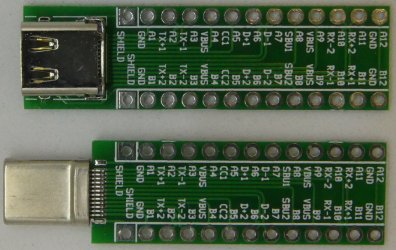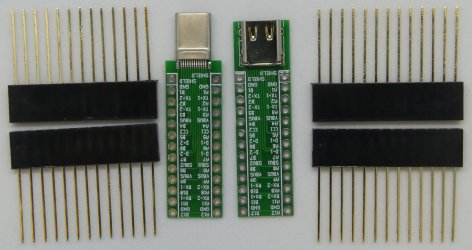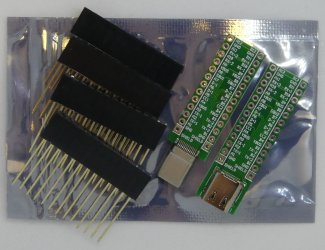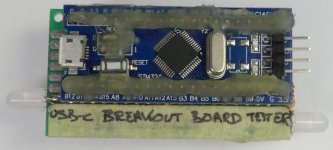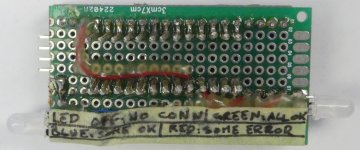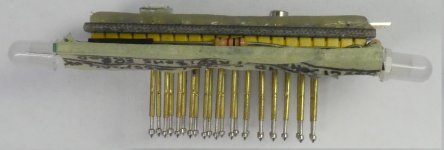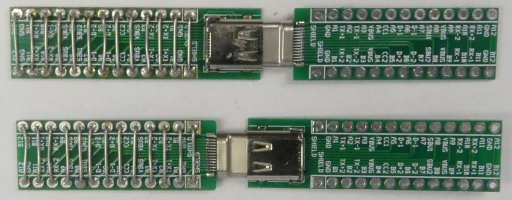Table of Contents
These are two breakout boards for USB-C connectors, one for the plug, the other for the receptacle.
They allow to easily connect to the 24 pins, plus the shield, of USB-C connectors. They are breadboard friendly, using 500 mil spacing between the A and B side. Like the cable itself, they signals pinout is symmetrical, allowing to flip the board (along the connector axis). The form factor and pinout for the plug and receptacle breakout boards are identical, allowing to stack them up.
design choice
To debug USB-C devices and cables I needed a way to access all 24 pins. For easy access to the pins I wanted standard 2.54 mm/100 mil headers. So it can also be used to design or test devices I want it to be breadboard friendly (at least 400 mil spacing between the columns). To be able to tap signal or be man in the middle, I wanted them to be stackable (same form factor and pinout for plug and receptacle).
You can already find USB-C breakout boards on AliExpress, but none fitted all aforementioned requirements.
note
For USB-C devices, not all 24 pins are required. If you just want power, 4-signal (VCC, VBUS, CC, VCONN) 6-pin (2x GND, 2x VBUS, CC1, CC2) connectors are sufficient. If you just want USB 2.0, 12-signal 16-pin connectors are the norm.
warning
Because they are stackable and boards for both connectors are available, they could be used to inter-connect cables or devices. The differential signal traces are close together and length matched. For the USB 2.0 data lines D+/D- this is fine. But the USB 3.x SuperSpeed data lines SSTX+n/SSTX-n/SSRX+n/SSRX-n are not shielded and impedance controlled. Thus the signal integrity is not guaranteed.
availability
A few sets are available on my store. You can also use the release files to manufacture some yourself.
parts
I used USB-C plug and receptacle from LCSC (details are in the BOM). They are readily available, and cheap. But the footprint is fairly generic, and fits with the one specified in the USB Type-C standard. Thus compatible connectors from other manufacturer are available.
release
- version 1 had errors in the silk screen.

